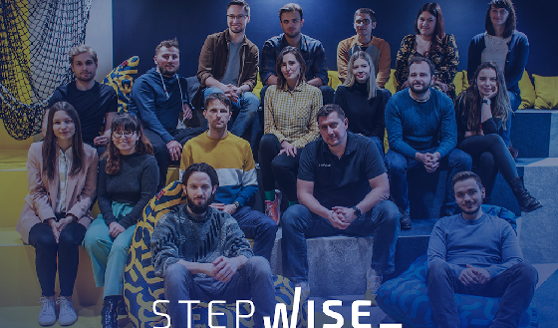Web-Based Platform Dev for Financial Services Company
- Web Development
- $200,000 to $999,999
- Jan. 2020 - Ongoing
"Stepwise is flexible."
- Financial services
- Hamburg, Germany
- 1-10 Employees
- Phone Interview
- Verified
Stepwise provides developers and testing resources to support the development of a web-based renewable energy financing platform. Building the platform from scratch, they used Java, Kotlin, React, and MongoDB.
Stepwise produced satisfactory deliverables on time. By providing accurate project objectives, they support transparent collaboration. The team’s ability to quickly scale resources to accommodate changes in requirements ensures partnership. Their expertise results in a successful engagement.

